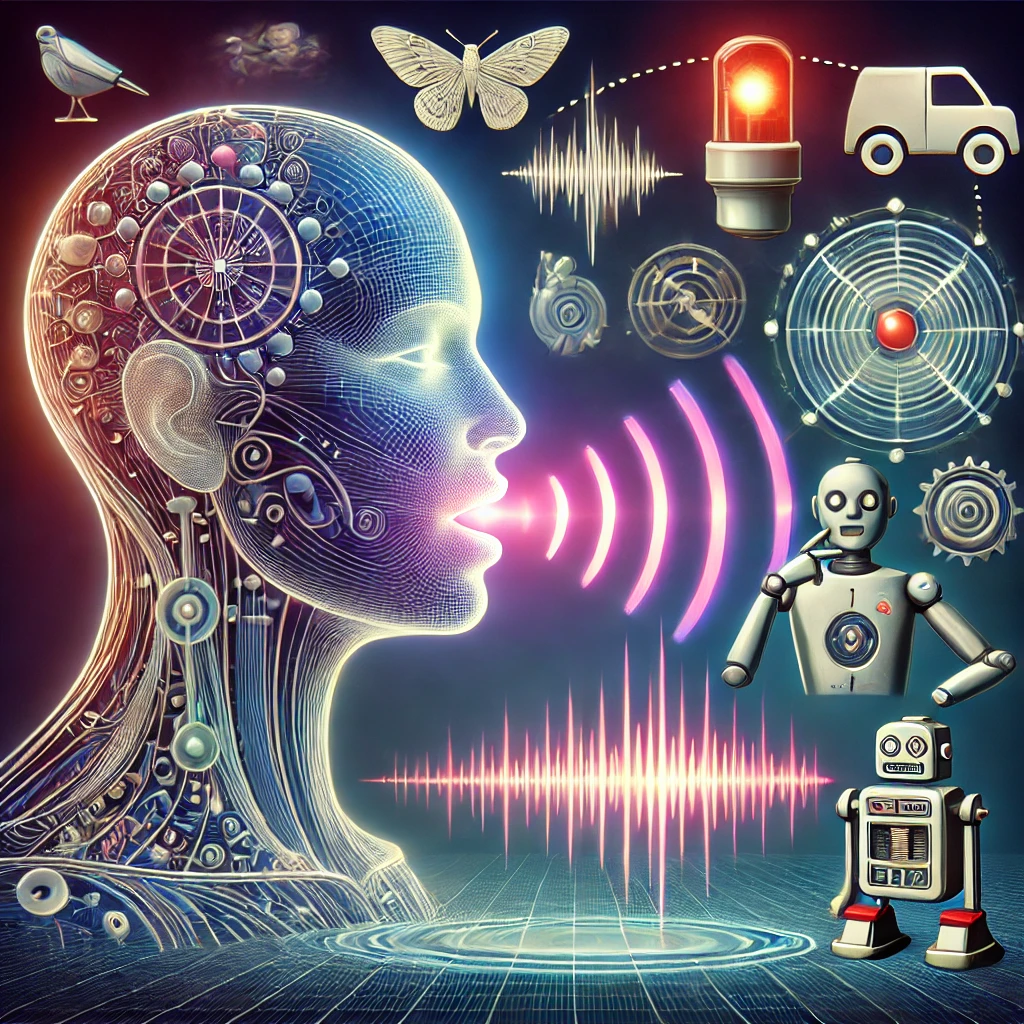Ever tried imitating the sound of an ambulance siren, a crow, or a car engine? It’s a natural way to communicate when words fall short. Inspired by this intuitive human ability, researchers at MIT’s Computer Science and Artificial Intelligence Laboratory (CSAIL) have developed an AI system that mimics human-like vocal imitations — without ever being trained or hearing a human vocal impression.
Vocal Imitation: The Sonic Doodle
Imitating sounds with our voices is akin to sketching a quick picture with a pencil. Using the vocal tract to mirror sounds allows us to communicate ideas that may be difficult to describe with words. This natural process inspired CSAIL researchers to engineer a system that not only replicates this ability but also understands the cognitive processes behind it.
How It Works
The AI system is built around a model of the human vocal tract, simulating how vibrations from the voice box are shaped by the throat, tongue, and lips. By incorporating a cognitively-inspired AI algorithm, the system produces vocal imitations that reflect the context-specific ways humans communicate sound.
For example, the AI can analyze the acoustic features of a sound — such as pitch, duration, and intensity — and generate a vocal imitation that mirrors these characteristics. This capability makes the system an exciting step toward bridging human communication and AI.
Applications and Implications
The system has far-reaching applications, from enhancing speech synthesis technology to developing more intuitive AI-human interaction systems. It could even be used in education and therapy, teaching individuals how to use their voices for effective communication.
MIT’s breakthrough demonstrates how cognitive science can inspire innovative AI solutions, opening new doors for understanding and replicating human abilities.





